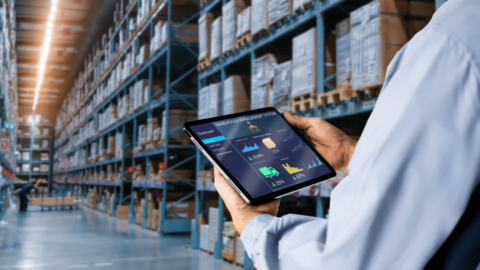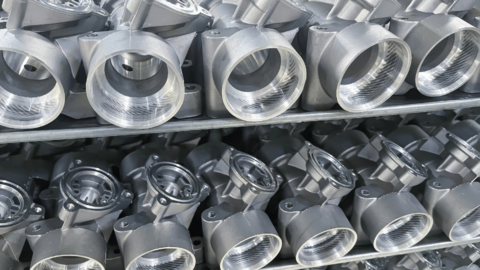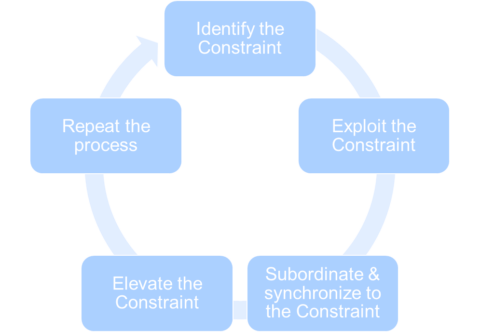Conceptual Development & Production Concepts
Companies face difficulties in evaluating and comparing different manufacturing system concepts before implementation. Choosing the right strategy is crucial for production efficiency, cost-effectiveness, and long-term scalability.

Challenges
- How do my KPIs change with a push strategy, pull strategy, or CONWIP (Constant Work in Progress) strategy?
- What is the ideal production layout for a specific product segment?
- How do different automation levels impact cycle times, operator workload, and system bottlenecks?
- What is the trade-off between batch sizes, setup times, and resource utilization?
How Simulation Helps
Discrete Event Simulation (DES) and optimization provide a data-driven approach to evaluate and compare production concepts before investing in physical implementation. inFACTS Studio allows companies to test various production scenarios in a risk-free environment, helping decision-makers visualize how different strategies impact throughput, resource utilization, costs, and lead times.
- Model various production concepts using inFACTS Studio to replicate push, pull, and CONWIP control strategies in a simulated environment.
- Compare layout configurations, such as job shop, cellular layout and flow layout to evaluate system and resource efficiency.
- Analyze equipment utilization, material flow, and takt time under different production strategies.
- Apply multi-objective optimization to determine the optimal balance between production speed, energy consumption, and buffer levels.
- Visualize the impact of different scheduling strategies, automation levels, and resource constraints.
Expected Results
- Optimized production system design based on data-driven insights before implementation.
- Reduced lead times and buffer sizes by selecting the best production control strategy.
- Improved flexibility and scalability by testing alternative manufacturing configurations.
- Better decision support for capital investments, minimizing risks before purchasing new equipment.
- Sustainability improvements by identifying energy-efficient production setups.





